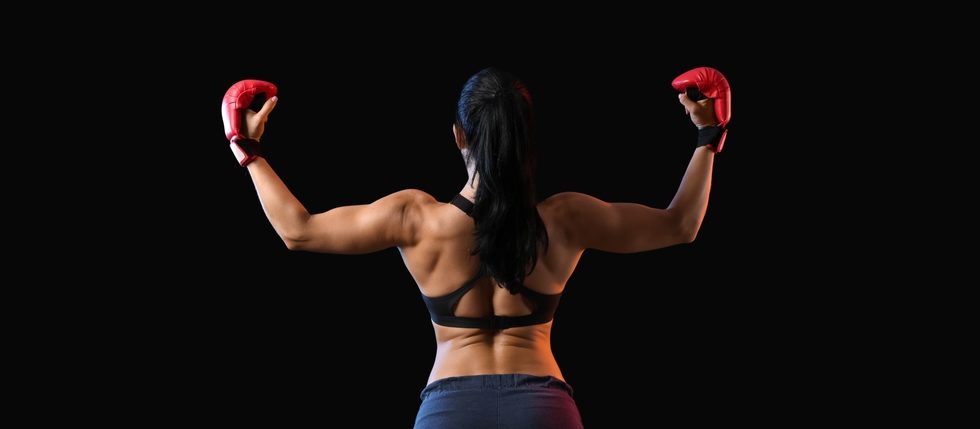Boxing, like other physical activities and exercises, can help build and strengthen muscles. However, it’s essential to understand that muscle growth and development depend on several factors, and boxing alone may not be the most effective means of building muscle, especially when compared to specific strength training and resistance exercises.
Here are some key points to consider:
- Muscle Engagement: Boxing involves various movements that engage different muscle groups, including the shoulders, arms, chest, core, and legs. When you throw punches, block, or move around the ring, you are using your muscles for power, speed, and endurance.
- Cardiovascular Conditioning: Boxing is also an excellent cardiovascular workout. It can help improve your overall endurance and stamina, which can be beneficial for other forms of exercise and muscle-building activities.
- Combination with Strength Training: While boxing can contribute to muscle development, it is often combined with specific strength training exercises to target and isolate muscle groups. Many boxers incorporate strength and conditioning workouts alongside their boxing training to enhance their power and agility.
- Diet and Nutrition: Muscle growth is also influenced by your diet and nutrition. To support muscle development, you need to consume an adequate amount of protein and maintain a balanced diet.
- Rest and Recovery: Adequate rest and recovery are crucial for muscle growth. Overtraining without sufficient rest can hinder muscle development.
- Genetics: Genetics play a role in determining how quickly and effectively you can build and grow muscle.
In summary, boxing can engage and condition various muscle groups, but it is primarily a cardio and endurance-focused activity. To maximize muscle growth, many boxers incorporate specific strength training exercises into their training regimen. The combination of boxing and strength training, along with proper nutrition and recovery, can contribute to muscle development.




